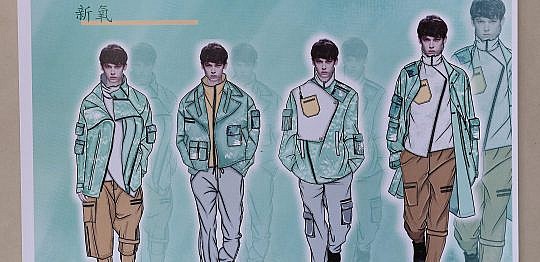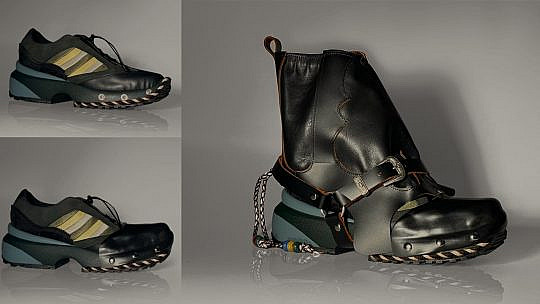
Roger Saul founded Mulberry in 1971 in Somerset with £500 backing from his mother. He named it after the trees he passed each day on the way from school. Initially a belt-making business run from his family kitchen table, it is now the biggest luxury leather goods manufacturer in England.
Mr Saul left the company 20 years ago, but Mulberry was by then established as one of the most coveted brands in the world. Last year, Mulberry announced its “Made to Last Manifesto”. This outlines the way the company intends to reach net zero carbon emissions by 2035 by adopting “regenerative and circular practices”.
The regenerative part of the manifesto comes from plans to develop the world’s lowest carbon leather made from hides produced by regenerative and environmentally conscious farms. The circular part is represented by the company’s repair and restoration services. Staff at Mulberry’s Somerset factory repair and restore more than 10,000 bags each year. They also offer a buyback programme, where they will assess your old bag, give you a reduction on a new one, then refurbish the old bag for someone else.
When the manifesto was launched, Mulberry chief executive Thierry Andretta said: “At Mulberry we have already taken significant action to embed sustainability across our business, but today we offer our commitment to a programme of transformative change, embedding principles of regeneration and circularity across our entire supply chain.
“We are committed to creating a local, transparent ‘farm to finished product’ sourcing model.”
Central to the creation of this model is Mulberry’s partnership with Glasgow-based Muirhead, one of the oldest tanneries in Europe. All the hides they tan, treat and finish are from the UK and Ireland.
Muirhead produces the world’s lowest carbon intensity leather at 1.1kg of CO2 per hide. This is achieved by establishing close relationships with local farmers, and with a pioneering thermal energy plant which generates heat from waste. They also cut water waste in the tanning process by filtering and recycling 40% of the runoff, then reusing it.
The fruits of the Mulberry/Muirhead partnership can be seen in the Lowest Carbon Collection, which features an update of the famous Amberley design. A collection which, in their own words, is, “crafted in the world’s lowest carbon leather in our carbon-neutral Somerset factories and created in the UK from field to final stitch with a pioneering hyper-local, hyper-transparent supply chain”.
The collection is a limited edition at the moment, but as a statement of intent on their route to carbon neutrality, it is hard to fault.
Mulberry’s Soft Small Amberley Satchel, £850:


We catch up with Lin Fang and discuss the inspiration behind her designs for the Student Design Competition.

Woosung Kim, a South Korean footwear designer based in London, originally planned to study architecture in the UK after high school. However, his life took an unexpected turn during his first year in the country. While undertaking foundation course, he had

London Fashion Week returned with seasoned names and exciting newcomers taking their designs for spring 2022 to the